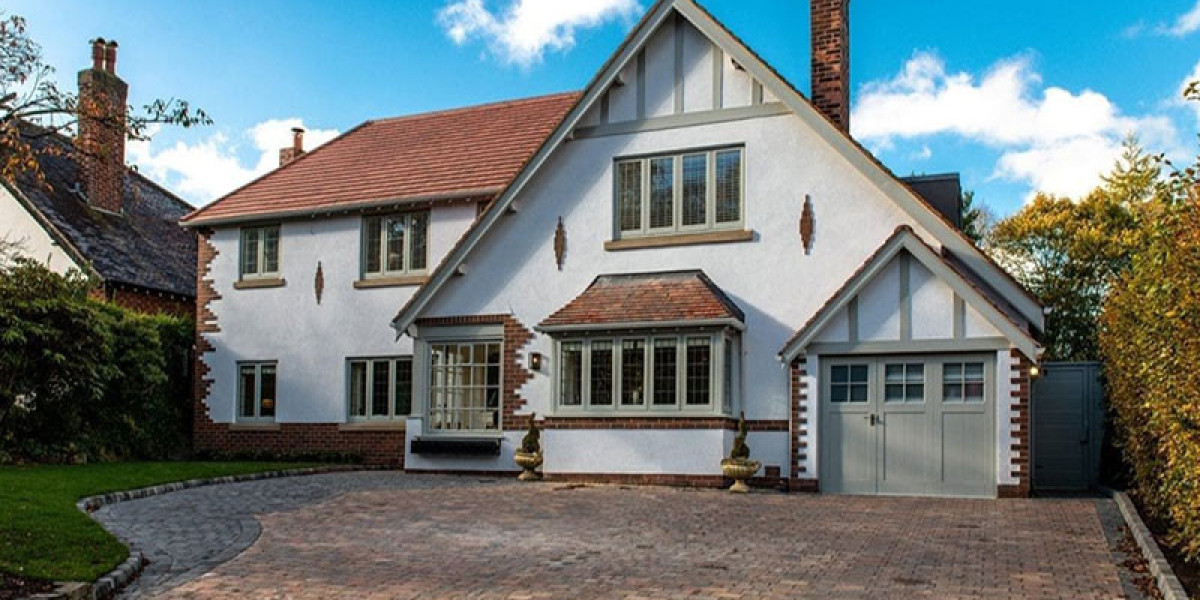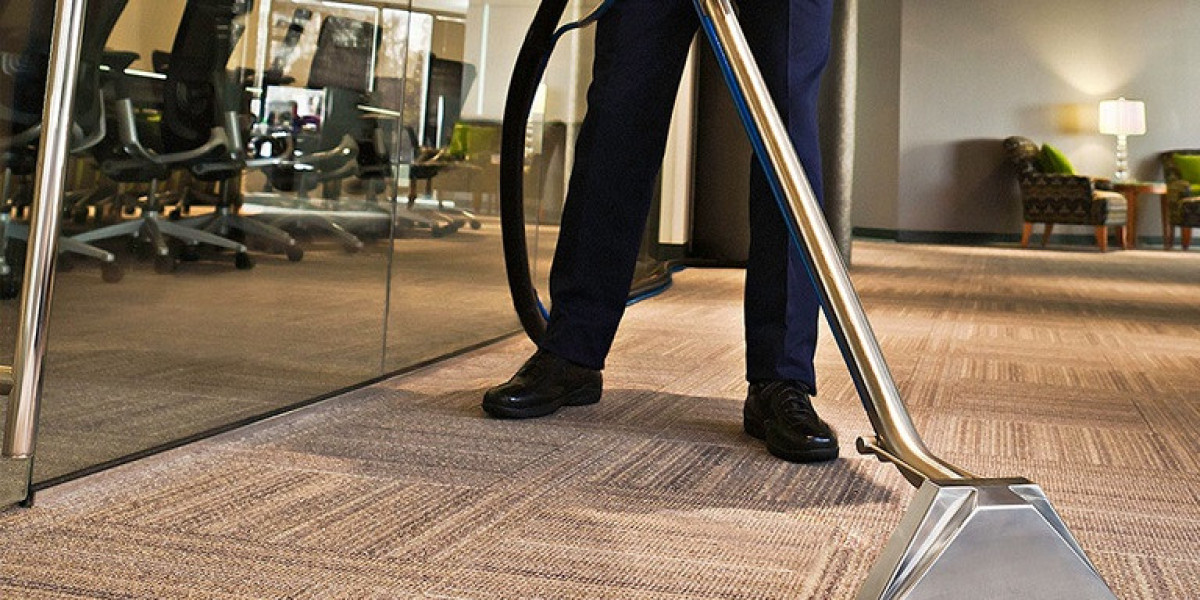Aluminium windows have become increasingly popular in modern architecture and home design due to their numerous advantages over traditional materials such as wood and vinyl. This report aims to provide a comprehensive overview of aluminium windows, discussing their benefits, various types, and installation considerations.

Benefits of Aluminium Windows
- Durability: One of the most significant advantages of aluminium windows is their durability. Aluminium is resistant to corrosion, rust, and warping, making it an ideal choice for various climates. Unlike wood, which can swell and shrink with humidity changes, aluminium maintains its shape and structural integrity over time.
- Low Maintenance: Aluminium windows require minimal maintenance. They do not need painting or staining like wooden windows, and a simple wash with soap and water is usually sufficient to keep them looking new. The powder-coated finish on aluminium frames also helps to protect against scratches and fading.
- Energy Efficiency: Modern aluminium windows can be designed with thermal breaks, which significantly improve their energy efficiency. This feature reduces heat transfer, keeping homes warmer in winter and cooler in summer. Additionally, double or triple glazing options enhance insulation, further contributing to energy savings.
- Aesthetic Versatility: Aluminium windows come in a wide range of styles, colors, and finishes, making them suitable for various architectural designs. They can be customized to fit any home or building aesthetic, from contemporary to traditional. The slim profiles of aluminium frames also allow for larger panes of glass, maximizing natural light and views.
- Environmental Impact: Aluminium is a recyclable material, and many manufacturers use recycled aluminium in their products. This aspect makes aluminium windows an environmentally friendly choice, contributing to sustainability efforts in construction and renovation.
Types of Aluminium Windows
Aluminium windows are available in several types, each catering to different needs and preferences:

- Casement Windows: These windows are hinged on one side and open outward, providing excellent ventilation and unobstructed views. Casement windows are often used in modern designs for their clean lines and functionality.
- Sliding Windows: Sliding aluminium windows consist of one or more panels that slide horizontally. They are ideal for spaces where traditional windows cannot be opened due to space constraints, and they provide a sleek, modern look.
- Awning Windows: Hinged at the top, awning windows open outward from the bottom. They are great for ventilation, even during rain, as the design prevents water from entering the home.
- Bay and Bow Windows: These windows protrude from the building's exterior, creating a small nook inside. Bay and bow windows can enhance the aesthetic appeal of a home and provide additional space and light.
- Tilt and Turn Windows: These versatile windows can be opened in two ways: tilting inwards for ventilation or swinging open like a door. This dual functionality makes them popular in both residential and commercial settings.
Installation Considerations
The installation of aluminium windows is a critical process that requires careful planning and execution. Here are some key considerations:
- Professional Installation: It is highly recommended to hire professional installers for aluminium windows. Proper installation is essential to ensure the windows function correctly and provide optimal energy efficiency. Poor installation can lead to air leaks, water infiltration, and structural issues.
- Building Regulations: Before installation, it is important to check local building codes and regulations. Some areas may have specific requirements regarding window types, energy efficiency standards, and safety measures.
- Measuring Accurately: Accurate measurements are crucial for the successful installation of aluminium windows. Incorrect measurements can lead to gaps, drafts, and operational issues. It is advisable to measure the window openings multiple times and consult with professionals if unsure.
- Choosing the Right Glazing: The choice of glazing significantly impacts the performance of aluminium windows. Options include single, double, or triple glazing, each offering different levels of insulation and soundproofing. Selecting the right glazing depends on the local climate, noise levels, and energy efficiency goals.
- Weatherproofing: Proper weatherproofing is essential to prevent water damage and air leaks. Ensure that the installers use appropriate sealing materials and techniques to protect against the elements.
Conclusion
Aluminium windows offer an array of benefits, including durability, https://sagarveg.co.uk/creamy-vegan-mushroom-stroganoff/ low maintenance, energy efficiency, aesthetic versatility, and environmental sustainability. With various types available, homeowners can choose windows that best suit their design preferences and functional needs. However, careful attention must be paid to the installation process to ensure optimal performance and longevity. As the demand for energy-efficient and aesthetically pleasing building materials continues to grow, aluminium windows are likely to remain a popular choice in both residential and commercial construction. By understanding the advantages and considerations associated with aluminium windows, homeowners can make informed decisions that enhance their living spaces while contributing to sustainability efforts.








